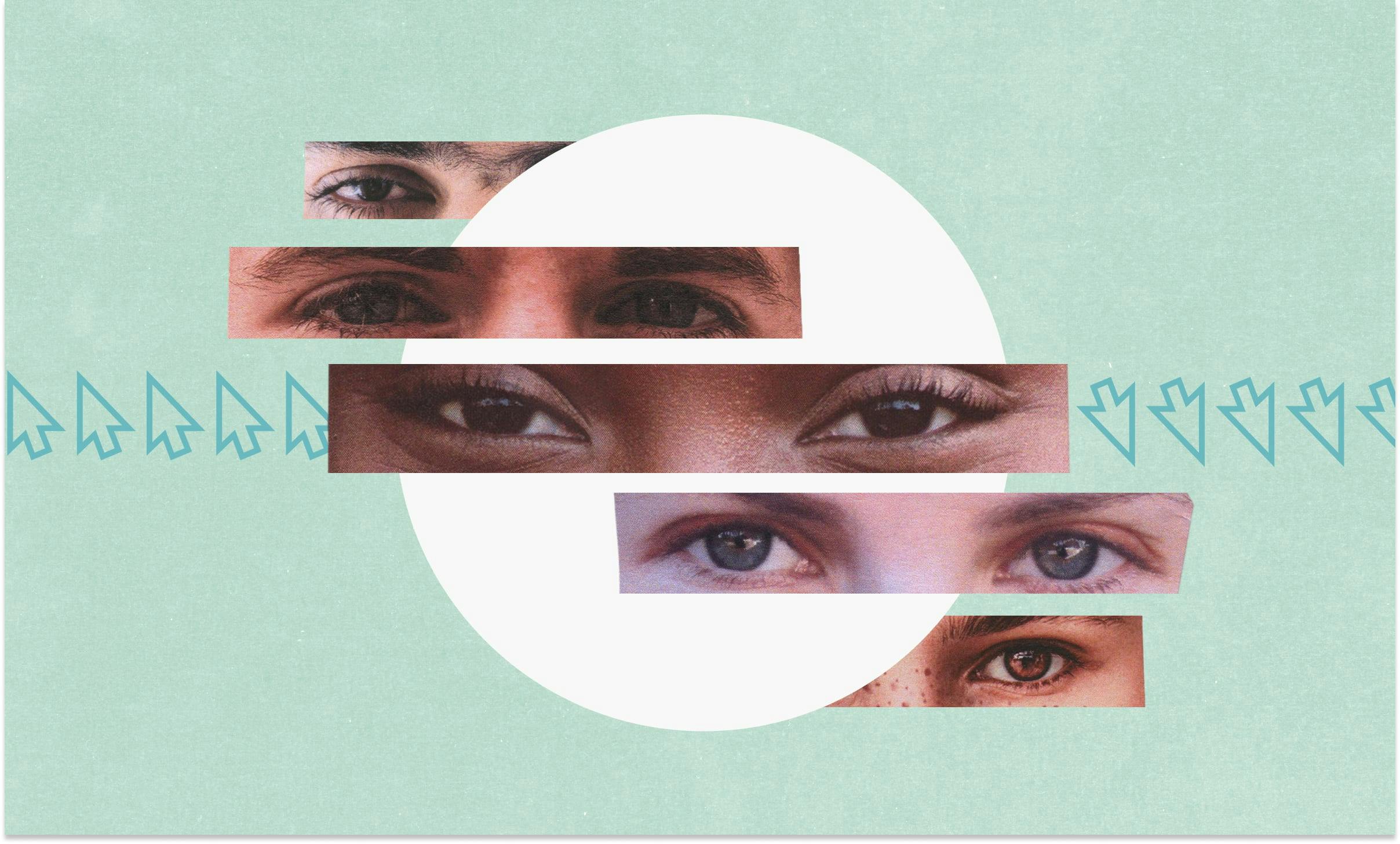Decision Making in the Age of Uncertainty

Some time ago, I picked up a book called The Decision Book: 50 Models for Strategic Thinking by Mikael Krogerus and Roman Tschappeler.
A small hardcover that can fit in the back pocket of a pair of Levi’s, the book is designed to help readers make decisions.
“When we encounter chaos,” the authors write in the introduction, “we seek ways to structure it, to see through it, or at least to gain an overview of it. Models help us to reduce the complexity of a situation by enabling us to dismiss most of it and concentrate on what is important.”
The idea of chaos in business is a timely one, especially in today’s environment, as AI seems to be spinning everything (businesses, markets, products) into chaos with the passing of each new day.
Disrupted, uncertain, disordered—they’re all words we can use to describe what it sometimes feels like to operate—and lead—an organization, department, or team in this new technology-fueled world we’re all living in.
The question we often ask ourselves, and the question we’re all asking each other, is how we might navigate these changes, how we might make good decisions when so much is unknown.
As a writer and strategist, I find frameworks and models to be incredibly useful in the work I do—and in the decisions I have to make for both my agency and our clients.
Whether it’s a simple SWOT analysis that allows me to systematically think through an idea, or an empathy map that helps me guide a client to a better understanding of their customer, or a brand perception map that illustrates a brand’s position in the market, the constraints of a strategic model help foster an outcome that’s almost always better than the one I would have achieved without it.
To be in business, in any business, for any amount of time, is to be in the business of making decisions.
Whether you’re a CEO or a marketing manager, your job is literally to make decisions—about budgets, about people, about priorities. Preferably, the decisions you make are good ones that benefit both you and the organization you serve.
However, if you’re anything like me, you’ve found that this is much harder than it appears.
Good decisions are easy to spot in retrospect, but hard to be sure of in the moment. In fact, I’m not convinced a decision can be good or bad in the exact moment it’s made because its ultimately the outcome of the decision that allows us to slap a label on it.
“Any decision is, in essence, a prediction about the future,” writes Annie Duke in How to Decide: Simple Tools for Making Better Choices.
If that’s true, then all we can do is try to make better predictions. And the way to make better predictions is to utilize tools like models and frameworks to inform those predictions.
So, as you move through this year, as you make decisions, think about the tools, by which I mean the frameworks, that will help you make better predictions.
Look up “The Rumsfeld Matrix” or “The Cognitive Dissonance Model” and give them a try.
You’ve got nothing to lose and everything to gain. Which renders it an easy decision to make.


